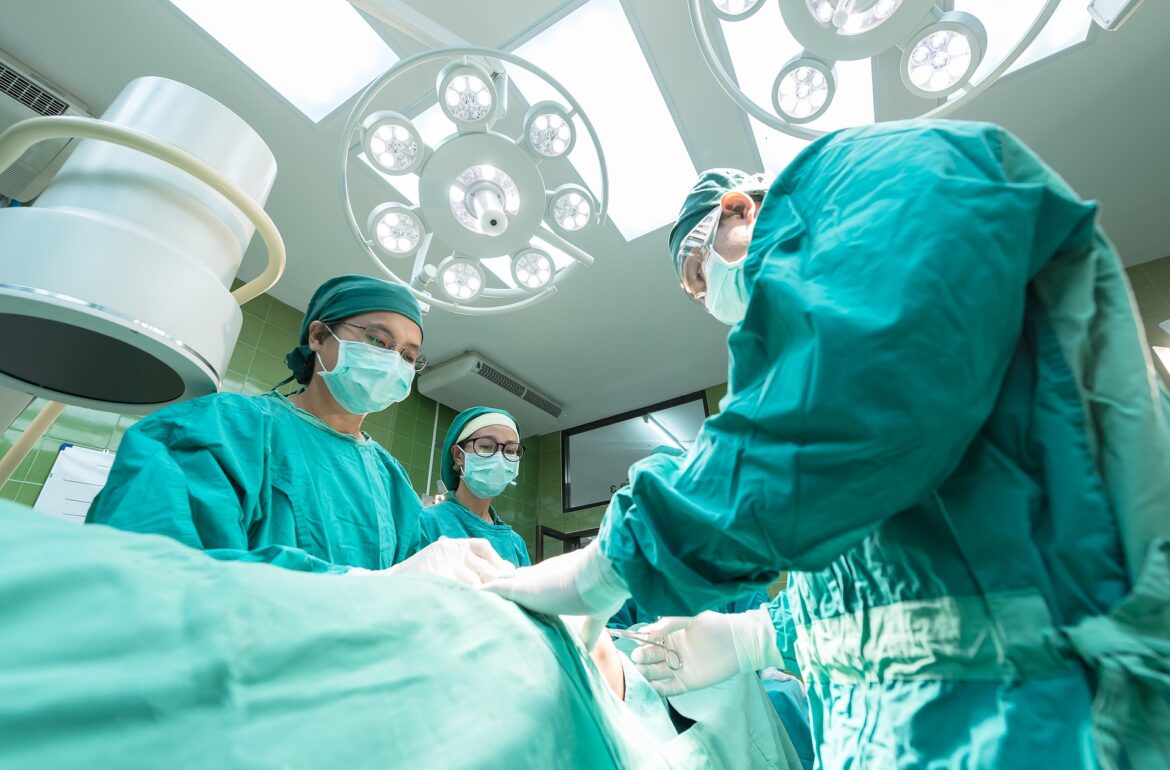A doctoral thesis defended at TTÜ recommends optical monitoring for improving the efficiency of renal replacement therapy.
Recently Ruth Tomson defended her doctoral thesis “Urea- and Creatinine-Based Parameters in the Optical Monitoring of Dialysis: The Case of Lean Body Mass and Urea Rebound Assessment” at the TTÜ Department of Health Technologies.
In parallel with the rapid development of medical science, modern renal replacement therapy is also undergoing significant changes. Regrettably, though, trends in morbidity and mortality in haemodialysis patients have not improved accordingly. It appears from this year’s Global Burden of Disease Study (GBD) recognised by the World Health Organisation that the threat caused by non-communicable diseases (e.g. cardiovascular diseases, etc.) on the survival rate has been reduced, but the devastating effects of kidney diseases, unfortunately, continue to increase throughout the world. Therefore further research and development is required to improve the quality of life of haemodialysis patients.
The supervisor of the defended doctoral thesis, Professor at the TTÜ Department of Health Technologies Ivo Fridolin says, “The goal of the doctoral thesis was to examine new possibilities of applying the optical monitoring method of dialysis. In the framework of the doctoral thesis experimental studies were carried out in Tallinn and Linköping and, based on the data collected, it was found that applying the optical monitoring method to assess changes in lean body mass and the effect of post-dialysis urea (carbamide) rebound offers a much faster, simpler alternative and requires less resources compared to the previously used methods.
Since malnutrition is one of the factors associated with morbidity and mortality in dialysis patients, regular assessment of the patients’ nutritional status is recommended.
One of the measures applied for this purpose is assessment of lean body mass, which is a creatinine-based parameter. Unfortunately, this method is very cumbersome for the patient and might not provide accurate medical results. In standard practice urine and dialysate collection or x-ray absorptiometry is needed, in which case altered tissue hydration in patients has an effect on the measurement results. The advantages of the optical method include the fact that, unlike the methods used so far, it enables consistent monitoring of lean body mass trends and it is not influenced by the patient’s hydration status.
“We found that creatinine concentration can be measured during a treatment procedure by using UV absorbance in spent dialysate at certain wavelegths. Similarly, post-dialysis urea rebound can be assessed, which in turn is an important indicator of the efficiency of renal replacement therapy,” Professor Fridolin explains.
The merits of optical monitoring include the fact that it eliminates the need to wait for an hour in order to take the post-dialysis sample and on-line monitoring decreases considerably the effect of potential measurement errors.
“We can confirm that this method has the potential to allow a systematic review of lean body mass and post-dialysis urea rebound more efficiently and without adding any additional work load to medical personnel,” Ivo Fridolin asserts.
The supervisors of the doctoral thesis were Professor Ivo Fridolin and Senior Research Scientists Fredrik Uhlin and Merike Luman from TTÜ.
The opponents were Associate Professor Daniel Schneditz (Medical University of Graz) and Associate Professor Łukasz Tymecki (University of Warsaw).
The doctoral thesis has been published in the digital collection of TTÜ library: https://digi.lib.ttu.ee/i/?7400
Additional information: Professor at the Department of Health Technologies Ivo Fridolin ivo@cb.ttu.ee
 Back
Back



